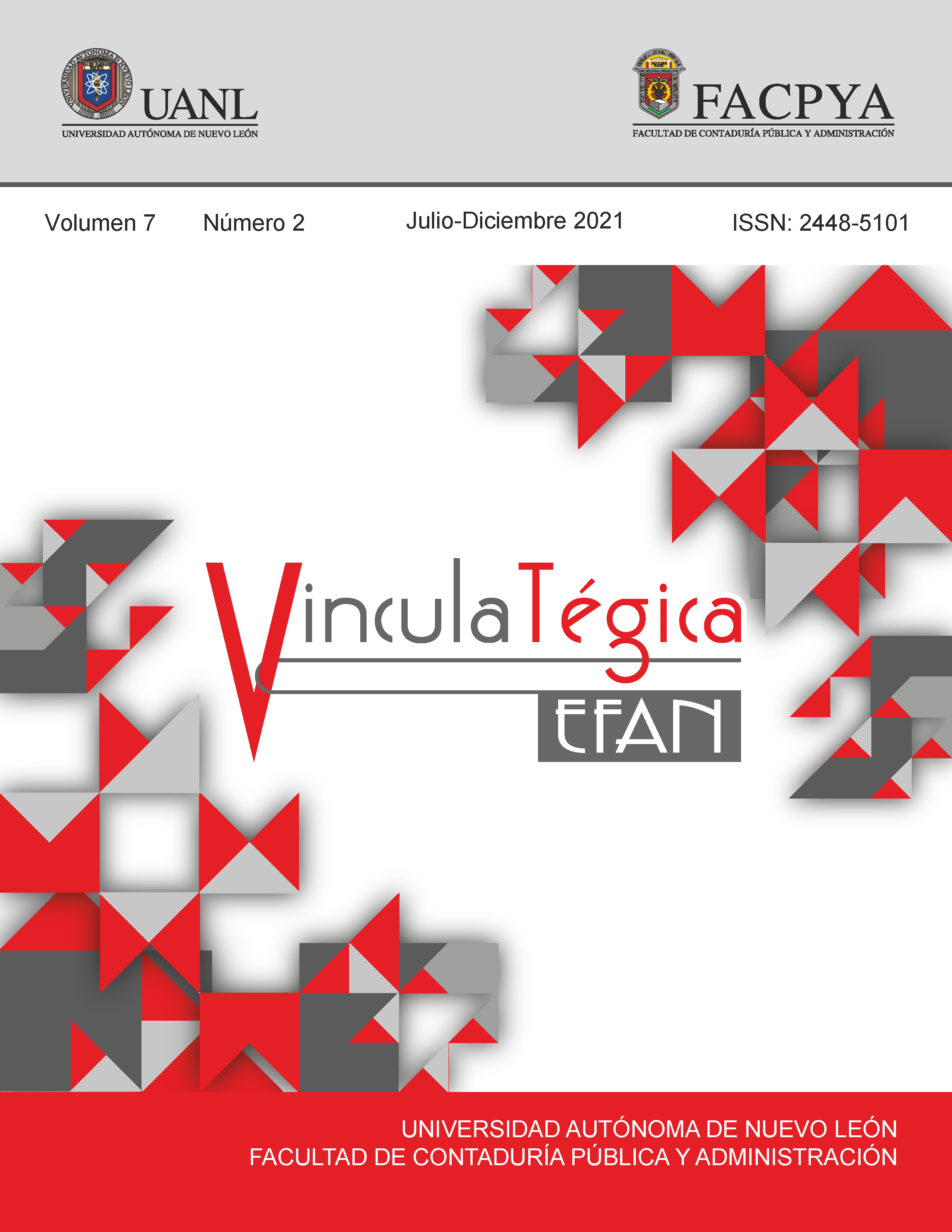Understanding traceability: its relevance in the adoption of quality and safety measures across the supply chain
DOI:
https://doi.org/10.29105/vtga7.1-167Keywords:
Supply chain, Traceability, Transparency.Abstract
The article is based on a previous case study of a certified papaya producer from Colima which currently implements traceability in its operations. Traceability can be defined as an instrument to respond and avoid risks in the supply chain of a product. For Small and Medium Enterprises (SMEs) the use of traceability can be a competitive advantage, adding value to their products; or either an entry barrier to access to new international markets. The article analyzes the importance of traceability and the adoption of new practices to respond to future market requirements in a competitive globalized environment.
Downloads
References
International Trade Centre (2015). Traceability in Food and Agricultural Products. Retrieved from ITC: http://www.intracen.org/uploadedFiles/intracenorg/Content/Exporters/Exporting_Better/Quality_Management/Redesign/EQM%20Bulletin%2091-2015_Traceability_FINAL%2014Oct15_web.pdf
Food and Agriculture Organization of the United Nations (2017). Food Traceability Guidance. Retrieved from FAO: http://www.fao.org/3/a-i7665e.pdf
Ekon (June 30, 2017). Tipos de trazabilidad y su relación con la tecnología. Retrieved from Ekon: https://www.ekon.es/blog/tipos-trazabilidad-tecnologia/
GS1 (August, 2017). GS1 Global Traceability Standard. Retrieved from GS1: https://www.gs1.org/sites/default/files/docs/traceability/GS1_Global_Traceability_Standard_i2.pdf
GS1 (May, 2008). What is GS1? An overview May 2008. Retrieved from GS1: https://www.gs1.org/sites/default/files/docs/what_is_gs1.pdf
United Nations (April, 2014). A Guide to Traceability: A practical approach to advanced sustainability in global supply chains. Retrieved from BSR: https://www.bsr.org/reports/BSR_UNGC_Guide_to_Traceability.pdf
Setboonsarng, S; Sakai, J; Vancura, L (May, 2009). Food safety and ICT traceability systems: Lessons from Japan for developing countries. Retrieved from Econstor: https://www.econstor.eu/bitstream/10419/53743/1/604642695.pdf
European Parliament (February 12, 2015). Circular economy: definition, importance, and benefits. Retrieved from European Parliament: https://www.europarl.europa.eu/news/en/headlines/economy/20151201STO05603/circular-economy-definition-importance-and-benefi
Global G.A.P (September 26, 2019). Brazilian Association of Supermarkets (ABRAS) joins GLOBAL G.A.P. Retrieved from Global G.A.P: https://www.globalgap.org/uk_en/media-events/news/articles/Brazilian-Association-of-Supermarkets-ABRAS-Joins-GLOBALG.A.P./
EUR-Lex (January 28, 2002). Regulation (EC) No 178/2002 of the European Parliament and of the Council. Retrieved from EUR-Lex: https://eur-lex.europa.eu/legal-content/EN/TXT/?uri=CELEX%3A32002R0178
FDA (January 4, 2020). Food Safety Modernization Act (FSMA). Retrieved from FDA: https://www.fda.gov/food/guidance-regulation-food-and-dietary-supplements/food-safety-modernization-act-fsma
Food Standards (February, 2019). Standard 3.2.2 - Food Safety Practices and General Requirements. Retrieved from Food Standards: https://www.foodstandards.gov.au/industry/safetystandards/safetypractices/pages/default.aspx#:~:text=2%20%E2%80%93%20Food%20Safety%20Practices%20and%20General%20Requirements,-Page%20Content&text=and%20General%20Requirements-,Standard%203.2.,disposal%20and%20recall%20of%20food.
Government of Canada (March 26, 2020). Regulatory requirements: Traceability. Retrieved from Government of Canada: https://www.inspection.gc.ca/food-safety-for-industry/traceability/traceability/eng/1522294721005/1522294781171
Buso, G (2019). Traceability in Brazil’s fruit and vegetable industry. Retrieved from PMA: https://www.pma.com/content/articles/traceability-in-brazils-fruit-and-vegetable-industry
Ross, R (November 7, 2018). What is Salmonella? Retrieved from Live Science: https://www.livescience.com/64031-salmonella.html
Downloads
Published
How to Cite
Issue
Section
License

This work is licensed under a Creative Commons Attribution 4.0 International License.
a). Authors keep copyright and give the journal the right of the first publication of the work under a Creative Commons attribution license. This license allows others to share the work as long as original authorship and initial publication in this journal is acknowledged.
b). Authors may make other independent and additional contractual agreements for the non-exclusive distribution of the version of the article published in this journal (e.g., include it in an institutional repository or publish it in a book) as long as they clearly indicate that the work was published for the first time in this journal.







